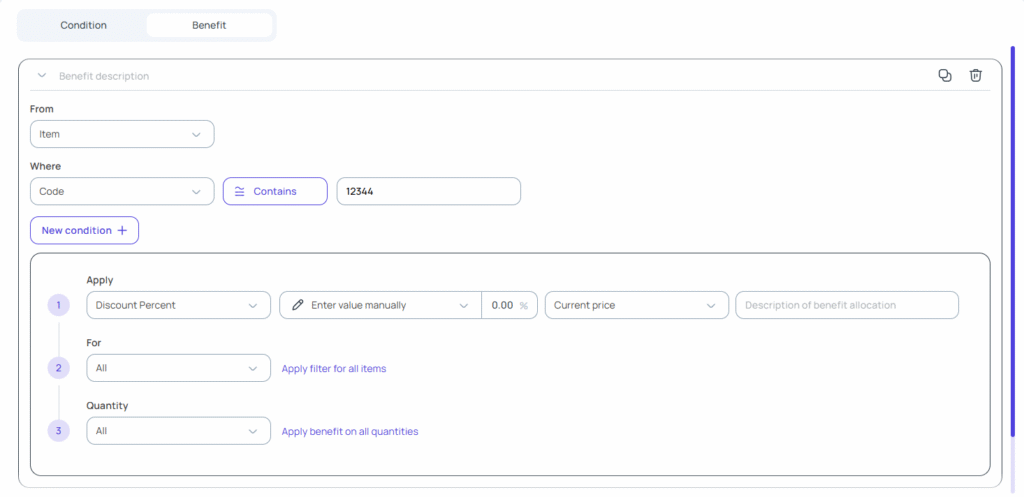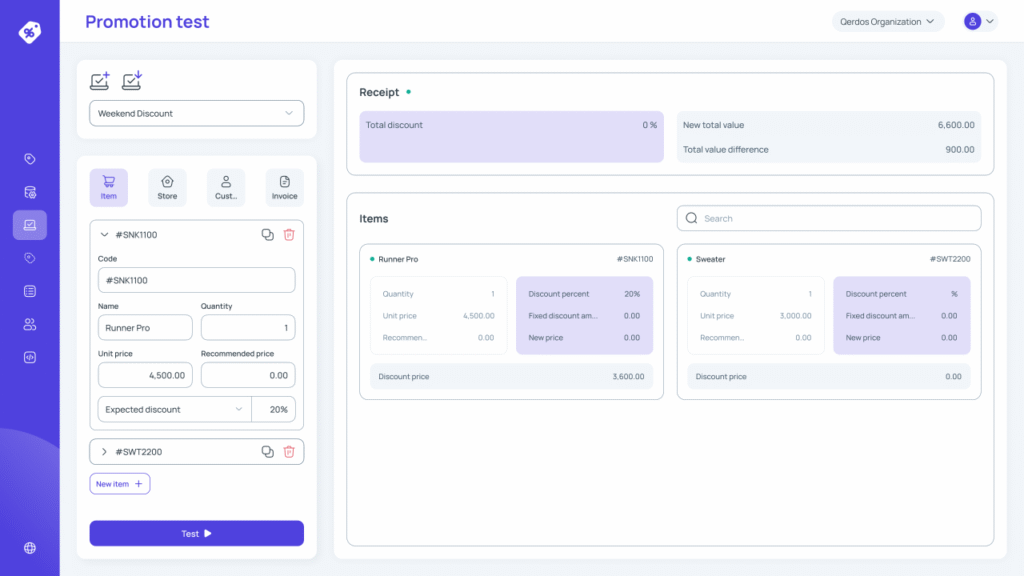You don’t want your customers to find themselves in a situation you wouldn’t accept yourself. Imagine this: you’ve finally found something you’ve been wanting to buy, the price is right, you’re ready to purchase—when suddenly, an unexpected shipping fee appears at checkout.
This kind of surprise is one of the leading reasons shoppers abandon their carts. Free shipping is no longer just a nice bonus—it’s quickly becoming a baseline expectation that can make or break your sale. And yes, it directly affects your conversion rates.
This guide goes beyond the obvious to help you understand:
- What is free shipping in an e-commerce context?
- When should you offer free shipping?
- How can you structure it to boost conversions without cutting too deep into your margins?
What Is Free Shipping?
Free shipping is a promotional offer in which the cost of shipping is waived for the customer, making the product’s price at checkout appear more attractive. However, it doesn’t mean shipping is actually free; the seller absorbs that cost as a business strategy.
Some of the most common ways businesses structure this kind of promotion include:
- Sitewide Free Shipping – Applies to all orders regardless of cart value.
Example: “Free shipping on everything, all year round.”
- Minimum Purchase Threshold – Encourages bigger orders by offering free shipping above a certain amount.
Example: “Free shipping on orders over $50.”
- Limited-Time Promotions – Creates urgency and excitement.
Example: “This weekend only: free shipping on all items!”
- Free Shipping on Selected Items or Categories – Useful for highlighting specific products or bundles.
How Does Free Shipping Work for Businesses?
Nothing in this world is really free; there’s always a cost, but the trick is not to pass it on to the customer and to extract a certain benefit from absorbing it at the same time.
Who Actually Pays for Free Shipping?
Although customers don’t pay extra at checkout, the shipping fee still needs to be covered. So, who pays for shipping? The answer: your business does, but how you do it varies:
- Out of pocket (margin absorption): Your business pays for shipping directly, accepting smaller profit margins.
- Bundled into product price: Shipping costs are baked into the price of the product. The customer feels like they’re getting free shipping, but it’s already factored into the price.
- Minimum threshold strategy: Free shipping is only offered if customers meet a minimum order value. This not only covers the shipping cost but also increases average order value (AOV).
Margin absorption might be best for high-margin products or when customer loyalty is more important than short-term profit. Cost shifting into product pricing is, however, a more sustainable strategy if the price increase doesn’t make the product uncompetitive.
Finally, threshold-based offers are a great balance between profitability and customer value, as these encourage shoppers to spend more.
Psychological Benefits of Free Shipping
You might wonder why you should even bother with free shipping if it costs you? Because it works. The benefits include:
- Increased perceived value: Shoppers feel like they’re getting a better deal.
- Reduced friction at checkout: No unexpected fees = fewer abandoned carts.
- Encourages impulse buying: People are more likely to complete purchases when shipping is “free.”
You’re not just covering a cost, you’re removing a mental barrier between browsing and buying.
Why Offering Free Shipping Increases Conversions

In e-commerce, few incentives are as powerful as free shipping, and the numbers back this up.90% of online shoppers say that free shipping is the #1 incentive that makes them shop online; it’s become a standard expectation.
1. It Eliminates One of the Top Conversion Killers
Unexpected costs—especially shipping fees—are among the top reasons for cart abandonment. According to a Forbes survey, 77% of respondents said they abandoned a purchase because they weren’t satisfied with the shipping options, while 84% followed through with a purchase because it included free shipping.
By choosing to offer free shipping, you’re removing that friction. You reduce hesitation, eliminate surprise costs, and create a smoother, more predictable checkout experience.
2. It Builds Trust and Simplicity
Transparent pricing, with no hidden shipping fees, increases customer trust. When your total cost is what the customer expects, there’s a greater likelihood they’ll feel comfortable buying, especially if they’re a first-time visitor.
3. It Boosts Perceived Deal Value
Even if the shipping cost is embedded in the product price, it feels like a better deal when it’s labeled as “free.” This taps into consumer psychology—shoppers feel rewarded, which makes them more likely to convert and even buy more.
4. It Encourages Higher Order Values
When paired with minimum spend thresholds (e.g., “Free shipping on orders over $50”), this strategy can also raise your Average Order Value (AOV)—turning free shipping into a strategic growth lever rather than a cost burden.
How to Offer Free Shipping Profitably
Free shipping doesn’t have to mean slashing profits. It’s about balancing perceived value with operational costs.
1. Know Your Margins
Before you offer free shipping, you need to understand whether you can afford it. To calculate free shipping to offer, you should:
- Analyze your Average Order Value (AOV).
- Understand the average cost per shipment (based on product weight, dimensions, packaging, and destination).
- Know your profit margins per product.
Example:
Let’s say your AOV is $60 and shipping costs you $5 per order. If your profit margin is 40%, then you’re earning $24 per order. In this case, offering free shipping eats into 20% of your margin, but may still be worth it if it boosts conversions significantly.
If not, bundling the shipping cost into the product price can maintain profit while still appearing attractive to the customer.
2. Use Threshold-Based Offers
This is one of the most effective and most used strategies.
Example: “Free shipping on orders over $50.”
Why it works:
- It encourages upselling: customers may add more to their cart to avoid the shipping fee.
- It helps protect your margins by setting a minimum order value that makes shipping affordable.
Calculate the threshold based on your shipping cost + minimum margin needed.
3. Limited-Time Free Shipping Promotions
Instead of offering free shipping all year round, you can use it tactically:
- During seasonal sales (e.g., Black Friday)
- For flash promotions
- As a first-time customer incentive
This creates urgency without making free shipping the default, which helps preserve long-term profitability.
4. Membership or Loyalty-Based Free Shipping
Think Amazon Prime, but scaled to your brand.
You offer free shipping in exchange for:
- A paid membership (one-time or recurring)
- Loyalty milestones (e.g., after X purchases or as a reward)
Benefits:
- Encourages retention.
- Increases Customer Lifetime Value (LTV).
Helps you predict and manage shipping costs more accurately since it’s offered to a select group.
Common Mistakes to Avoid When Offering Free Shipping
Don’t rush into offering free shipping without doing all the necessary calculations, as you might fall victim to the common mistakes, such as:
- Setting a threshold that’s too high or too low
- Ignoring profit margins
- Offering free shipping when competitor pricing is already lower (making it irrelevant)
If you set the minimum order amount for free shipping too high (e.g., $150 when your average product price is $25), most customers won’t bother trying to reach it. That defeats the purpose of incentivizing larger purchases. On the flip side, setting it too low might encourage conversions but shrink your margins or lead to loss-making orders.
Look at your Average Order Value (AOV) and choose a threshold slightly above it to nudge customers into buying more, without discouraging them.
Moreover, just because competitors offer free shipping doesn’t mean you can afford to. If you don’t account for your true cost per order—product cost, packaging, shipping, handling—you risk offering deals that hurt your business.
Therefore, always do the math. If your margin after shipping drops below a sustainable level, consider other strategies like raising product prices slightly or offering shipping only above a threshold.
Finally, research competitor pricing regularly. If you’re positioned higher, make sure your free shipping is paired with other benefits (like faster delivery, loyalty rewards, or better customer service) to justify the difference.
Testing and Optimizing Your Free Shipping Offer

To make sure your free shipping offer actually drives results, it’s essential to test and optimize continuously. A common approach is A/B testing free shipping versus a percentage discount to see which incentive resonates more with your customers. For some, the idea of “free delivery” triggers a stronger purchase intent than a 10% off deal, even if the monetary value is similar.
Alongside testing, track key metrics like conversion rate, average order value (AOV), and profit per order to understand the true impact of your promotion. Free shipping should increase sales without significantly hurting your margins.
Additionally, don’t treat it as a one-size-fits-all solution—adjust your strategy based on geography (offering it in regions with manageable shipping costs), product category (favoring high-margin items), or customer segment (targeting loyal or first-time buyers). This kind of data-driven refinement ensures your offer stays both attractive and profitable.
Free Shipping That Works
Major e-commerce players have long understood the power of free shipping, and they use it strategically. Amazon’s Prime program is perhaps the best-known example, where “free” two-day shipping is baked into a paid membership, driving both loyalty and higher lifetime value.
Zappos built its brand on customer satisfaction by offering free shipping and returns, making the buying decision virtually risk-free. However, smaller retailers have also used limited-time free shipping promotions during product launches to boost urgency and sales.
You don’t need Amazon-level infrastructure to offer compelling shipping deals. Instead, focus on smart positioning: tie free shipping to a minimum purchase threshold, offer it during key seasons, or reserve it for top-tier customers. The key is to align your shipping strategy with your brand promise and financial reality.
Make Free Shipping Work Smarter
Free shipping is no longer just a benefit; it’s often the deciding factor between a completed purchase and an abandoned cart. Whether you’re using it to boost conversions, increase order value, or drive loyalty, the key lies in how strategically it’s implemented. From minimum spend thresholds to loyalty-based incentives, the options are flexible—but only if your tech is, too.
As a powerful promotion engine built to support complex, rule-based campaigns, Qerdos helps retailers automate and optimize free shipping offers with precision. Want to A/B test different thresholds or combine shipping incentives with product-based discounts? Qerdos makes it all manageable, without needing a developer every time.
Start building smarter free shipping promotions that actually convert. Explore Qerdos today.



Leave a Reply